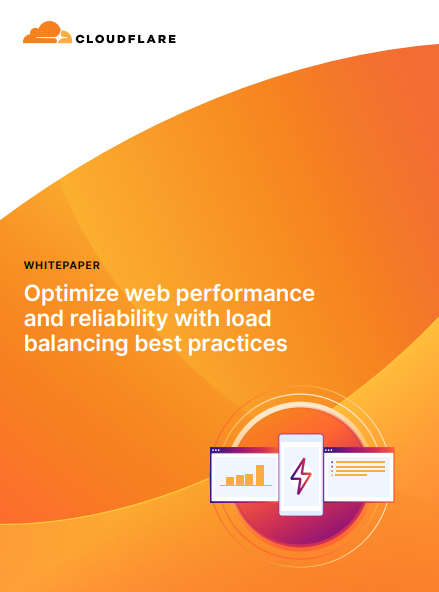


Load balancers mitigate latency and availability problems by uniformly dispersing web traffic across a network of servers, ensuring that no single server becomes overwhelmed and that web assets will still be available even if one server fails. Traditionally, companies deployed physical load balancers in data centers, but as computing moves into the cloud, enterprises are gravitating towards more flexible, less costly, and easier-to-use cloud-based load balancing solutions.
However, not all cloud-based load balancing solutions are created equal. A robust solution will integrate with a global content delivery network (CDN) and offer features such as global geolocation-based routing, DDoS resiliency, layers 3 and 4 load balancing functionality, analytics capabilities, and near real-time failover. It will also seamlessly integrate into the multi-cloud and hybrid cloud data environments that most businesses have today.